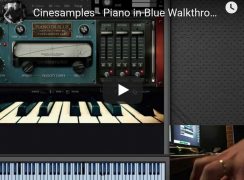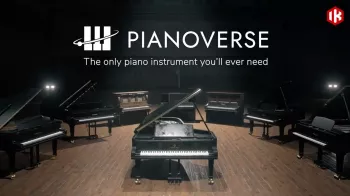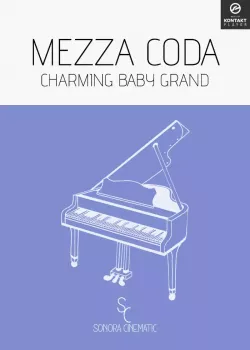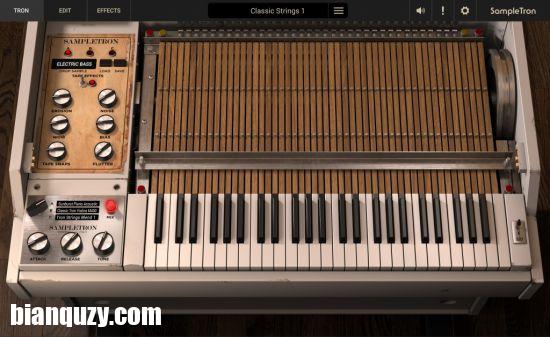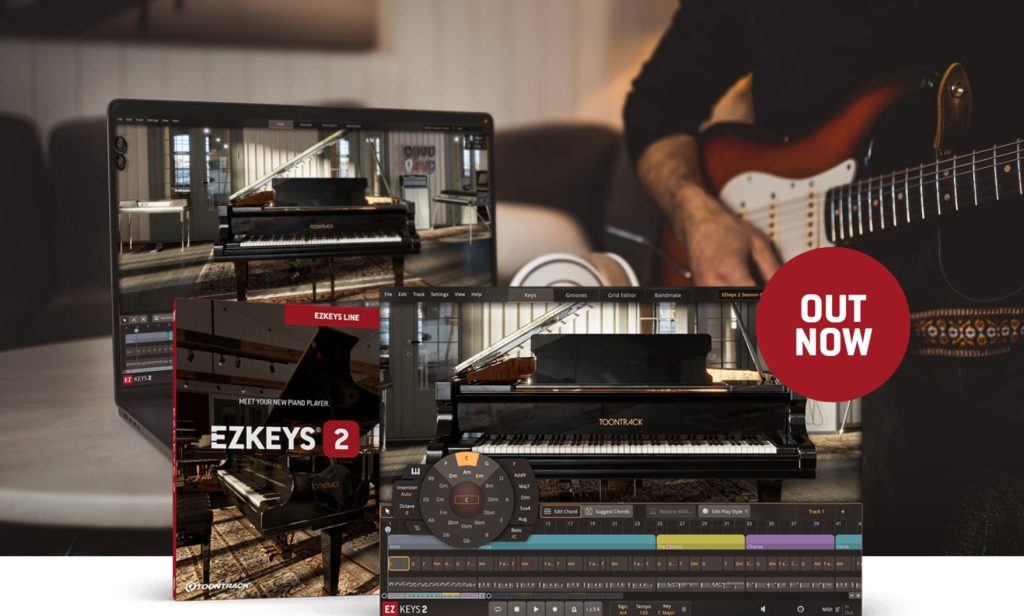在最后的日子里,我们获得了难得的机会来保存重要的音乐史。有消息说,曼哈顿中城的历史悠久的克林顿录音棚永远关门大吉,注定要改造成一个现代化的公寓大楼。其中包含的众多宝藏之一是这种曾经的Steinway Model D Concert Grand,曾经住在哥伦比亚唱片30街录音棚中。哥伦比亚广播公司第30街录音棚“教堂”也许是50年代和60年代最有影响力的录音棚,制作了数十种不同风格的传奇专辑。在这些唱片中,这架钢琴在两张专辑中扮演着至关重要的角色,至今仍被认为是有史以来最好的唱片之一。首先是原始的Glenn Gould“ Goldberg Variations”,这是有史以来最受好评的古典专辑。四年后,迈尔斯·戴维斯(Miles Davis)创作的《蓝调之歌》(Kind of Blue)永久改变了音乐。
故事继续…
我们的一个朋友约翰·戴维斯(John Davis)在克林顿(Clinton)举行了一场计分会议,让我们知道结束时间,因为这一天将是最后的约会。随着谈话从令人沮丧的事务状态转移到很大的阶段,我们开始谈论为什么这个特定阶段是一个特殊的地方。尽管我以前曾在该工作室工作,但我从来没有意识到角落里的宏伟钢琴是我最喜欢的许多录音中使用的“一架钢琴”。
当时我们在西雅图进行一些非电影样本的录音。迈克和我走过去,获得了艾希莉·卡恩(Ashley Kahn)平装本的副本:《蓝色的种:迈尔斯·戴维斯的杰作》。这本书使我们越过了门槛,本届会议的愿景开始成为现实。
当帕蒂(Patti)返回家乡结束西雅图项目的最后一幕时,巴里(Barry)那天晚上对曼哈顿感到红眼。我们已经安排将克林顿的截止日期延长一天,只是确保我们有足够的时间来试用这种非凡的工具。在Ebay上已经使用了很多设备。这是克林顿有史以来的最后一场会议。
关于记录
考虑到唱片《 Kind of Blue》中的几张历史图片,我们的工程师Tim Starnes(战鼓,HollywoodWinds,Cinesnares,Cinetoms 2,CineCrash)设置了三套麦克风。第一对-来自旧哥伦比亚的M49装在历史位置上(请注意,原件是单声道的),另外两对则分别使前者有所回落。
我们为每个麦克风录制了两条信号链,一条干净的信号通过Neve控制台,一条通过历史性的录音机,最后进入Pro Tools。我们强烈建议您探索磁带信号的迷人色彩,但这两种方式都是为了您的方便而提供的。对于那里的一些年轻人-请注意,磁带将改变中等至高增益速度层的声音,工程师经常需要花费很长的时间才能实现这种失真。
对钢琴进行了色采样,以揭示每个键的音色变化。这是获得乐器真实代表的唯一方法。巴里是采样的钢琴家,他采用了独特的策略。
钢琴规格:
-1949年通过Neve 8078 Console的Steinway D
-通过色度采样的8个速度层
-9300个样本
-3个麦克风位置
-关闭/复古–盖子附近有2个Neumann M49
-中置–钢琴尾部的2个B&K 4007
-远远–大厅里有2辆Sennheiser MKH20
-2条处理路径(胶带;直接进入)
-Studer A800MKIII 24磁道模拟磁带机
-由Sam Estes编程; Greg Schlaepfer撰写的脚本; Tim Starnes录制
需要Kontakt FULL 5.3.1或更高版本
什么是新的?
-修正了扭曲的磁带样本
-修复了图像偏移问题
主页
http://cinesamples.com/product/piano-in-blue
We were provided a unique opportunity to preserve an important piece of musical history in its final days. Word had come to us that the historic Clinton Recording Studios in midtown Manhattan was forever closing its doors, destined to be transformed into a modern condominium complex. One of the many treasures contained therein was this particular Steinway Model D Concert Grand which used to live in the Columbia Records 30th Street Studios. The CBS 30th Street Studio, “The Church” was perhaps the most influential recording studio of the 50’s and 60’s producing dozens of legendary albums in various genres. Of those recordings this piano played a critical role in two albums which are still considered among the finest recordings of all time. First being the original Glenn Gould “Goldberg Variations,” the most critically received classical album of all time. Four years later came Miles Davis’ “Kind of Blue” which forever altered music.
THE STORY CONTINUES…
A friend of ours, John Davis, did a scoring session at Clinton and let us know about the closing as this day was to be the final date. As the conversation drifted from the saddening state of affairs for large stages we came to talk about why this particular stage was a special place. Although I had previously worked at the this studio I was never aware that the grand in the corner was the “one piano” used in so many of my favorite recordings.
At the time we were in Seattle conducting some non-cinesamples recordings. Mike and I walked over to secure a copy of Ashley Kahn’s paperback Kind of Blue: The Making of the Miles Davis Masterpiece. This book pushed us across the threshold and the vision for this session started to become a reality.
As Patti headed back home to put the finishing touches on the Seattle project Barry caught a red-eye that night for Manhattan. We had arranged to extend the closing date of Clinton by one day, just ensuring us enough time to sample this extraordinary instrument. Much of the gear being used was already up on Ebay. It was the last session ever recorded at Clinton.
ABOUT THE RECORDING
With a mind to the handful of historic pictures from the recording Kind of Blue our engineer Tim Starnes (Drums of War, HollywoodWinds, Cinesnares, Cinetoms 2, CineCrash) set up three sets of microphones. The first pair – the M49’s from the old Columbia set up in historical position (note that the original was in mono), the two other pairs each set back a touch, each further from the previous.
We recorded two signal chains for each mic, a clean signal going through the Neve console and one going through a historic tape machine and finally into Pro Tools. We highly suggest exploring the charming colorization of the tape signal but both are provided for your convenience. For some of the youngsters out there – note that tape will alter the sound of medium to high gain velocity layers and that often engineers go through great lengths to achieve this distortion.
The piano was sampled chromatically exposing delightful variances in timbre with each key. This was the only way to get a true representation of the instrument. Barry was the pianist for the sampling and he employed a unique strategy.
PIANO SPECS:
– 1949 Steinway D via Neve 8078 Console
– 8 Velocity Layers Sampled Chromatically
– 9300 Samples
– 3 Microphone Positions
– Close/Vintage – 2x Neumann M49 near the lid
– Mid – 2x B&K 4007 at the tail of the piano
– Far – 2x Sennheiser MKH20′s in the hall
– 2 Processing Paths (Tape; Direct in)
– Studer A800MKIII 24 Track Analog Tape Machine
– Programmed by Sam Estes; scripted by Greg Schlaepfer; recorded by Tim Starnes
Requires Kontakt FULL 5.3.1 or higher
WHAT’S NEW?
– Fixes for distorted tape samples
– Fixes for image shift issues
home page
http://cinesamples.com/product/piano-in-blue
